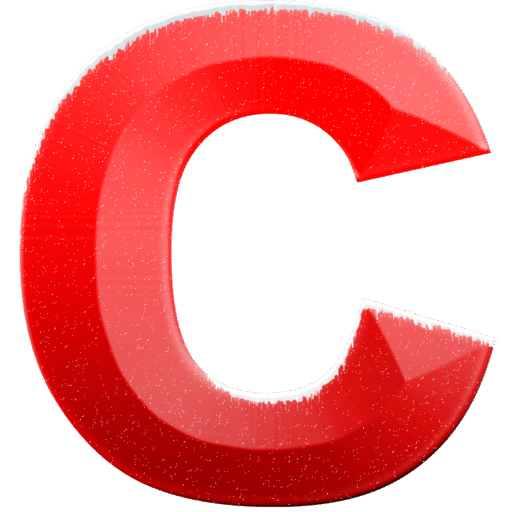Introduction
For tailoring and fashion manufacturing, German “Nahttypen” is the etymological word of tailoring art, fashion designing, and industrial sewing. Seams are not just lines of fabric in which two pieces of fabric come together; they determine the form, ruggedness, and aesthetics value of a completed product. An understanding of the different types of Nahttypen is essential in generating professional-grade outputs, whether garments, upholstery, or technical textile.
What Are Nahttypen (Seam Types)?
Nahttypen define the precise manner in which two or more pieces of fabric are stitched together. Type of fabric, type of garment use, type of appearance wanted, and tension over the sew area will decide the seam type to be employed.
The two have function—some are chosen for strength, others for elasticity, flatness, or appearance. Both the industrial manufacturer and the designer are relying on knowledge of the distinctions.
Types of Seams
Seams are most broadly classified into many types based on construction and application. The simplest ones are:
Plain Seams (Einfachnaht)
Flat-Felled Seams (Doppelte Kappnaht)
French Seams (Französische Naht)
Double-Stitched Seams (Doppelte Naht)
Each of the seam constructions has its natural strengths and construction methods more suited to a specific fabric or function.
1. Plain Seam (Einfachnaht)
Plain seam is the most all-purpose and commonly used seam. It is created by seaming two pieces of fabric right sides together and sewing on the seam line. Seams are pressed flat or to one side after sewing.
Applications:
Casual wear (blouses, shirts, slacks)
Light- and medium-weight weights
Benefits:
Seams rapidly
holds most fabrics
Low bulk
Tip: Press seams flat whenever sewing to provide a crisp finish and prevent bulk.
2. Flat-Felled Seam (Doppelte Kappnaht)
Stability and strength of flat-felled seam make it extremely suitable for very worn-up garments. It is created by folding one seam allowance over the other and sewing flat along them, encasing all raw edges in.
Applications:
Denim garments and jeans
Uniforms and workwear garments
Outdoor garments
Advantages
No raw edges visible
Long-lasting and durable
Clean, professional look on both inside and outside
Pro Tip: Topstitching for stylistic purpose with contrasting thread for extra visual attraction.
3. French Seam (Französische Naht)
French seam is a neat, elegant type of seam commonly found on gauze-like or transparent fabric like chiffon or silk. It folds in the raw edges two lines of stitching to produce a smooth finish inwards.
Sheer or transparent fabric
Advantages:
Smooth and neat finish to inside
Won’t fray
Unlined garment can be worn
Tip: Don’t pucker thin fabric by employing fine yarn and little needle.
4. Bound Seam (Einfassnaht)
Raw edge of seam allowance is encased with bias binding or tape in a bound seam. It is an addition method of ornamentation and strength, particularly for unlined clothes.
Uses:
Jackets, blazers, and tailored clothes
Sportswear
Reversible fashion
Benefits:
Edge protection
Ornamental ending
Fray resistance
Tip: Apply contrasting or complementary color bias tape for visual effect.
5. Lapped Seam (Überlappungsnaht)
Lapped seam is when one piece of fabric overlaps the other and both are stitched in position. It is most suitable for non-fraying material and vinyl and leather work.
Applications:
Leather and vinyl trimmings
Car upholstery
Heavyweight fabrics
Benefit:
Smooth, flat finish
Good strength and durability
No raw edges to cut off
Tip: Stitch heavy and coarse material using a leather needle and special thread.
6. Welt Seam (Paspelnaht)
Welt seam provides the fashion and strength to the apparel. Succeeding in covering the layer beneath, the surface one is flat-seamed on the correct side. Piping or for trimming, trim by using decorative cord may be incorporated.
Applications:
Fitted garments and coats
Decorative home furnishings
Coats
Advantages:
Provides strength and shape
Conceals raw edges
Appears attractive
Tip: Employ the same piping for understatement or contrasting piping to achieve a mature, dramatic look.
7. Slot Seam (Schlitznaht)
Slot seam is a bound seam with a bit removed so that one can catch a glimpse of the underlying layer. It is usually employed in an attempt to provide texture or color contrast to clothing.
Uses:
Skirts and blouses
Fashion decorative clothing
Haute couture and costume
Benefits:
Provides garmentness of garment
Can be built to contain more than one fabrics underneath
Provided ventilation and ease.
8. Mock Seam (Ziernaht)
Mock seam, or decorator seam, is never applied to seam fabric but as a design feature. It will create the illusion of a true seam through topstitching or embroidery.
Applications:
Fashion trim decoration
Sportswear
Accessories and handbags
Advantages:
Adds depth and texture
Flexible ornamentation
Gives emphasis to brand or design signature
It’s an eagle eye which produces amateur work, not one professional.
Conclusion:
Knowledge of the various Nahttypen (seam types) allows sewists, designers, and manufacturers to produce stronger, longer-lasting, and flattering garments. From the simple plain seam to the intricacies of the French or slot seam, each is a value to the art of making fabric.

